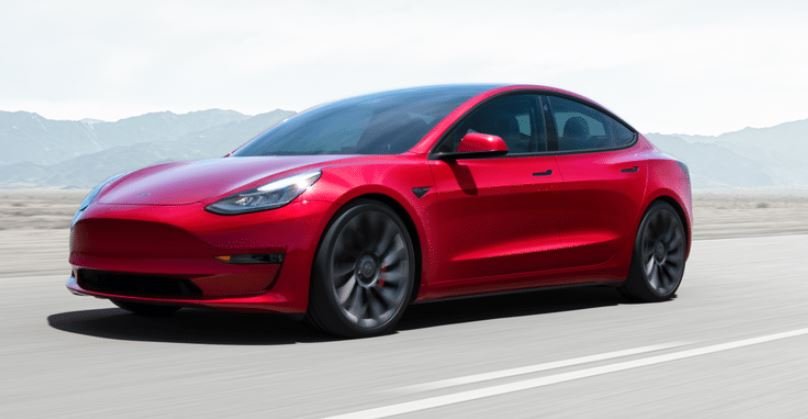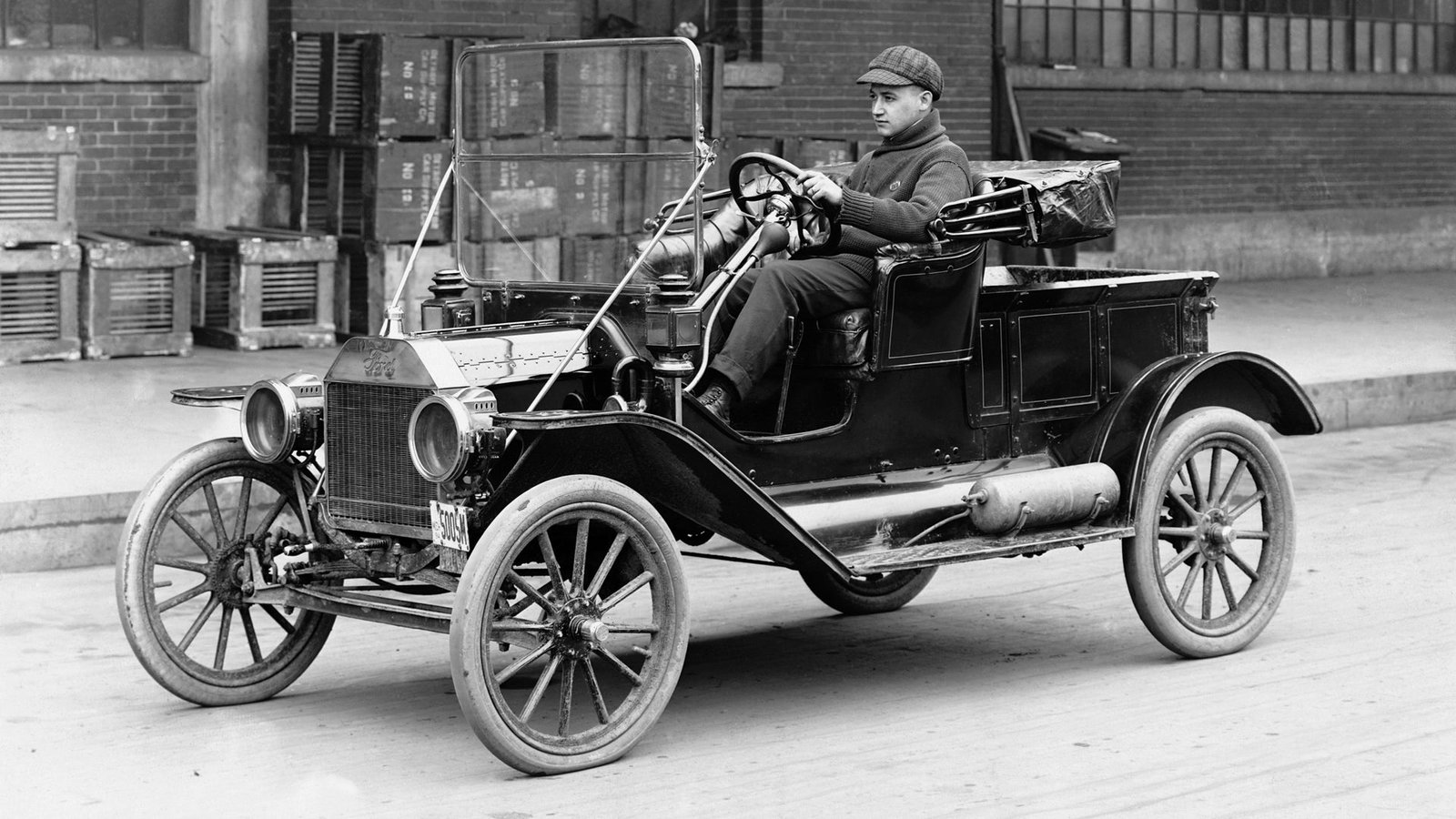Consider the humble automobile. Today, it’s an essential part of our lives, a trusted companion on our daily commutes, and a symbol of freedom and independence. But how did we get here? How did we transition from horse-drawn carriages to autonomous cars? Let’s buckle up and embark on this fascinating journey through time.
#1: The Inception: The Steam-Powered Vehicle
The story begins in the 18th century with Nicolas-Joseph Cugnot, a French engineer who designed the first self-propelled vehicle – a steam-powered military tractor. This invention was far from perfect; it moved at a snail’s pace and needed to stop for steam pressure rebuilding. However, it marked the birth of an idea that would revolutionize transportation.
#2: The Gasoline Engine: The Power Shift
Fast forward to 1885 when Karl Benz invented the first gasoline-powered automobile. His three-wheeled Motorwagen was a quantum leap forward in technology. It was faster, more reliable, and easier to control than its steam-powered predecessor.
#3: Mass Production: Henry Ford’s Game Changer
Enter Henry Ford in the early 20th century with his impressive assembly line production method. His Model T was affordable for middle-class families, transforming automobiles from luxury items into everyday necessities. The year was 1908 when Henry Ford introduced the Model T. It was not just a car; it was a symbol of freedom and progress. It wasn’t the first automobile, but it was affordable, reliable, and above all, it put America on wheels. With its 20 horsepower engine and top speed of 45 miles per hour, it was a marvel in its time.
#4: Style and Substance: The Rise of Design
As automobiles became commonplace, manufacturers began focusing on design and comfort. Sleek shapes replaced boxy structures; plush interiors replaced hard seats; power steering, air conditioning, and radios became standard features.
#5: Safety First: Emphasizing Protection
Ralph Nader’s book “Unsafe at Any Speed” published in 1965 highlighted safety issues in automobiles leading to significant changes like seat belts becoming mandatory and the creation of the National Highway Traffic Safety Administration in the US.
#6: Going Green: The Eco-Friendly Revolution
The oil crisis of the 1970s prompted a shift towards fuel-efficient and environmentally friendly vehicles. This led to the development of hybrid cars like Toyota Prius and eventually all-electric vehicles like Tesla, sparking a new era in automobile history.
#7: The Future is Here: Autonomous Cars

Today, we stand on the brink of another revolution with autonomous or self-driving cars. Companies like Google and Tesla are pioneering this technology, promising to make our roads safer and our lives easier.
The evolution of automobiles is a testament to human ingenuity and innovation. From steam engines to electric motors, from horse-drawn carriages to self-driving cars, this journey has been nothing short of extraordinary.
We have Tesla’s Model S Plaid with an astounding 1020 horsepower and a top speed of 200 miles per hour. But what’s more impressive is that it does this while producing zero emissions. A far cry from the coal-burning factories that produced the Model T.
So next time you sit behind the wheel, take a moment to appreciate the centuries of innovation that have made your journey possible. And remember, as we speed towards a future of autonomous vehicles, you’re not just driving a car – you’re participating in an ongoing story of human progress.
So how did we get here?
The answer involves constant innovation driven by necessity and ambition. Over time, cars became faster, safer, more effective, and more comfortable. Seat belts were introduced in the 1950s for safety; fuel injection systems in the 1980s for efficiency; GPS navigation systems in the early 2000s for convenience; and now we are witnessing self-driving technology for ultimate comfort.
But let’s not forget about design – cars have also become an expression of personal style and status. From sleek sports cars like Ferrari to luxurious sedans like Rolls Royce, there’s a car for every personality.
However, amidst all these advancements one thing remained constant – internal combustion engines (ICE). That is until Elon Musk decided to disrupt this century-old tradition with his electric vehicle company – Tesla.
Tesla not only challenged ICE but also proved that electric cars could be fun, fast, and practical. With their advanced battery technology, Tesla cars can travel over 300 miles on a single charge. And with their Supercharger network, recharging your car is as easy as refilling your gas tank.
But Tesla’s influence goes beyond just their products. They have pushed the entire auto industry towards electrification. Today, almost every major car manufacturer has an electric vehicle in their lineup or plans to launch one soon.
This is not just a revolution; it’s an evolution – an evolution towards a cleaner and more sustainable future.
So what’s next in this journey? Flying cars? Self-driving taxis? Only time will tell. But one thing is certain – the world of automobiles will continue to evolve and surprise us.
And while we wait for what’s next, let’s appreciate how far we’ve come – from Ford Model T to Tesla – it’s been quite a ride!
P.S. Do you have any predictions for the future of automobiles? Or perhaps a favorite era in automotive history? Share them in the comments below! We’re all here to learn and share our passion for cars!


